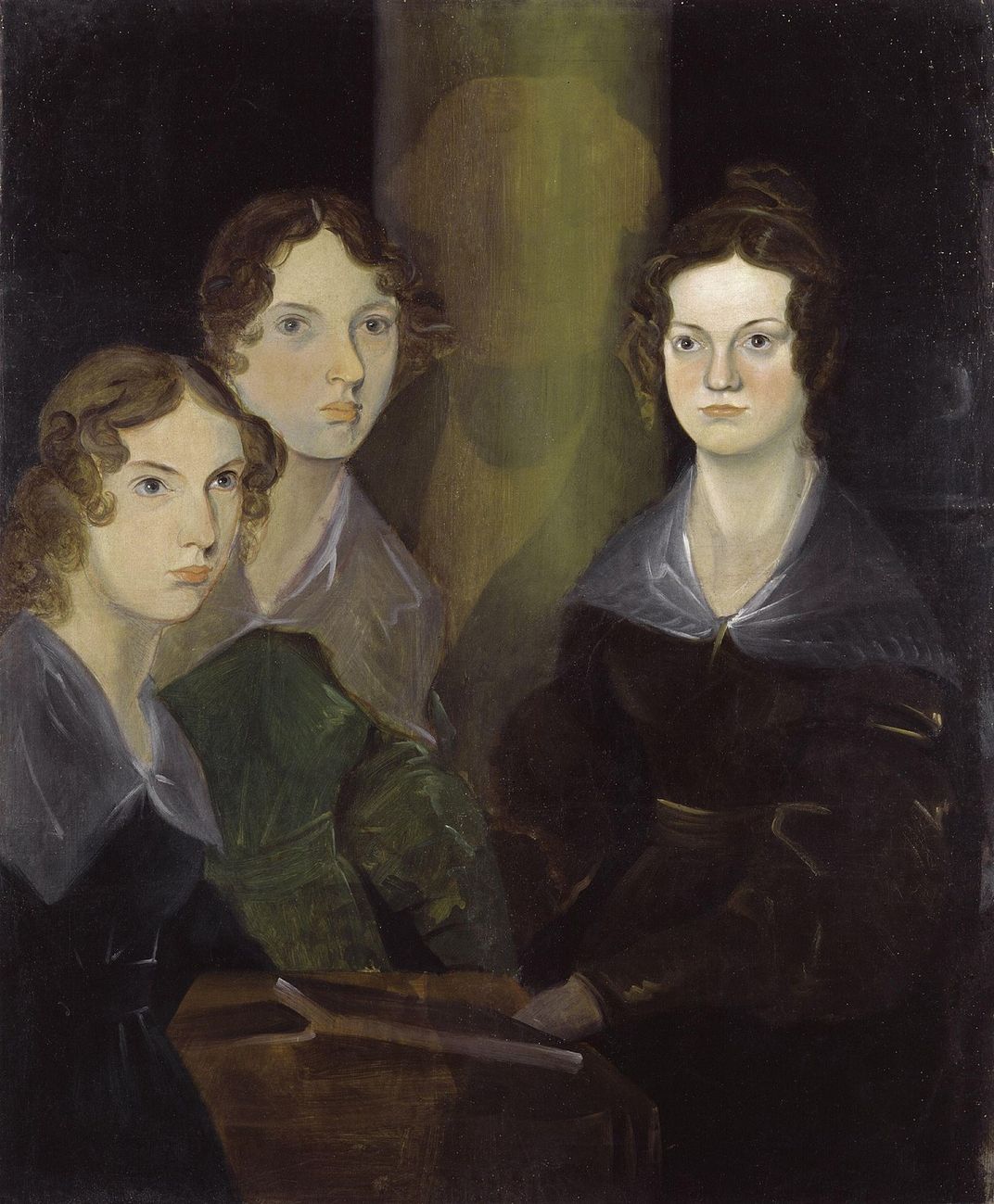Unseen Trove of Literary Treasures, From Emily Brontë’s Handwritten Poems to Robert Burns’ Musings, Up for Sale
Sotheby’s is set to auction a private collection of 500 manuscripts, first editions, letters and papers linked to famed British authors
:focal(407x281:408x282)/https://tf-cmsv2-smithsonianmag-media.s3.amazonaws.com/filer/d8/9d/d89d1996-ef8e-4956-965e-0b9d0a66a8bb/brontew.jpg)
The 19th-century Brontë sisters—Charlotte, Emily and Anne—are literary legends known for their compelling characters. Works like Emily’s Wuthering Heights made generations of readers root for ill-fated love affairs, while the eponymous protagonist of Jane Eyre, Charlotte’s magnum opus, has captured the hearts and minds of readers for decades.
More than 150 years after the British sisters’ lifetimes, rare first editions of their iconic manuscripts and other literary treasures are set to go up for sale.
As Jennifer Schuessler reports for the New York Times, Sotheby’s will exhibit the Honresfield Library collection—which contains a number of Brontë family manuscripts, letters and assorted papers—before auctioning the items in a series of sales. The first of the three auctions will take place in July.
“The lives of these sisters [are] just extraordinary,” Gabriel Heaton, Sotheby’s English literature and historical manuscripts specialist, tells the Times.
He adds that looking at the manuscripts “takes you right back to the incredible moment where you had these siblings scribbling away in the parsonage,” or former family home.
Highlights of the July sale include a handwritten compilation of 31 of Emily’s poems, complete with penciled-in notes by Charlotte (expected to sell for between $1.3 million and $1.8 million, according to the Times), and first editions of Anne’s Agnes Grey and Wuthering Heights. Sotheby’s estimate for the pair of books is $280,000 to $425,000.

When these first editions were initially printed, the sisters were infuriated with the publishers because the manuscripts were ridden with typos. This wasn't the only mistake made: Many of the novels’ pages were also bound in an incorrect order.
“It plays into the story we know about the novel’s publication,” Heaton tells the Times. “It’s just beautiful evidence.”
Two Victorian brothers—William Law (1836-1901) and Alfred Law (1838-1913)—acquired the Brontë trove at a time when many wealthy English merchants and industrialists were collecting books to advertise their class status, according to a statement. As Angelica Villa writes for ARTnews, the Laws lived near the Brontë family and obtained a few of their manuscripts from literary dealer Thomas James Wise, who had previously bought the papers from Charlotte’s husband, Arthur Bell Nichols.
But the pair’s collection disappeared from public view after the brothers’ heir and nephew died in 1939.
“In the last 90 years, only one or two (very discreet) scholars have had access to slivers of the material, so essentially, only two people alive have seen any of it,” a Sotheby’s spokesperson tells the Guardian’s Alison Flood.
Beginning next month, notes BBC News, literary lovers will be able to see items from the private collection at exhibitions in London, Edinburgh and New York. Where the trove will end up after the auction remains to be seen, but as the Brontë Society notes in a statement, it “believes that the rightful home for these unique and extraordinary manuscripts, unseen for a hundred years, is at the Brontë Parsonage Museum, where they can be enjoyed by visitors, explored by scholars and shared with Brontë enthusiasts around the world for generations to come.”
Given the financial challenges posed by Covid-19, however, the society acknowledges that it is “faced with the very real possibility that this immensely significant collection will be dispersed and disappear into private collections across the globe.”
The Bronte Society believes the Bronte collection of manuscripts in the Honresfeld Library should be preserved intact for the nation. Full statement here: https://t.co/updARBtAgV https://t.co/FJdPCSKByN
— Brontë Parsonage (@BronteParsonage) May 25, 2021
In addition to historic manuscripts by the Brontë sisters, the Law brothers’ library contains some 500 tomes, artifacts and missives associated with prominent British writers. One notable item in the collection is a compilation of musings penned by the Scottish poet Robert Burns when he was just 24.
Charlotte, Emily and Anne were born in in Thornton, Yorkshire, in 1816, 1818 and 1820, respectively. Growing up in the English countryside, the siblings, along with their brother Branwell, concocted intricate imaginary worlds, according to BBC History. After completing their education, the trio began working as teachers and governesses.
In May 1846, the sisters published a volume of poetry under the male pseudonyms Currer (Charlotte), Ellis (Emily) and Acton (Anne) Bell. They went on to release their first novels—Agnes Grey, Jane Eyre and Wuthering Heights—in 1847 and 1848. By 1855, all three siblings had died of tuberculosis.
“The [Honresfield] collection as a whole paints a unique portrait of the passions of one of the greatest and least-known collecting families from a golden age of book collecting,” says Heaton in the statement.
Of particular note is Emily’s volume of poems: “Almost nothing of Emily’s survived—she essentially wrote Wuthering Heights and then parted the world without a trace,” the Sotheby’s spokesperson tells the Guardian. “There aren’t even really any letters out there by her, as she had no one to correspond with.”
Charlotte, for her part, effusively praised her younger sister’s poetry in the 1850 preface to Wuthering Heights, observing, “I thought them condensed and terse, vigorous and genuine. To my ear, they had also a peculiar music—melancholy, and elevating.”
/https://tf-cmsv2-smithsonianmag-media.s3.amazonaws.com/accounts/headshot/Isis_Davis-Marks_thumbnail.png)
/https://tf-cmsv2-smithsonianmag-media.s3.amazonaws.com/accounts/headshot/Isis_Davis-Marks_thumbnail.png)